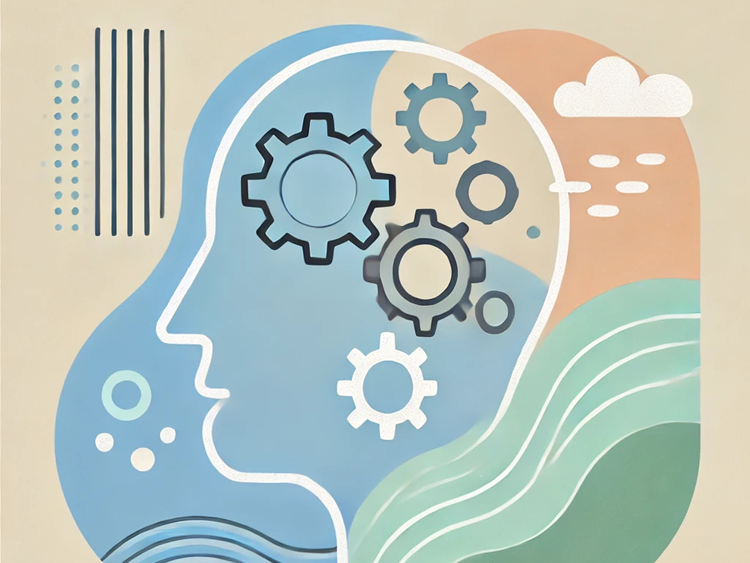Cognitive Behavioral Therapy (CBT)

Cognitive Behavioral Therapy (CBT)
Introduction
Cognitive Behavioral Therapy (CBT) is a widely-used, evidence-based psychological treatment that focuses on identifying and changing negative thought patterns and behaviors. It aims to improve emotional regulation, reduce anxiety, depression, and other mental health issues by targeting maladaptive thinking. CBT is a structured, goal-oriented approach often employed in individual therapy, but it can also be effective in group settings.
Scheduling: How much time do you need?
CBT typically involves weekly sessions, with each session lasting between 45 minutes to an hour. The duration of therapy can range from 5 to 20 sessions, depending on the individual’s specific needs and the severity of the condition being treated. It is recommended to set aside consistent time for self-reflection and practicing CBT exercises between sessions to maximize the therapy's benefits.
Pros & Cons
Pros:
- Evidence-based and highly effective for a variety of conditions, such as depression, anxiety, PTSD, and more.
- Short-term and focused on specific outcomes.
- Teaches valuable life skills that can be applied long after therapy ends.
Cons:
- Requires active participation and commitment from the patient, including completing homework assignments.
- May not address underlying deep-rooted issues if not combined with other therapeutic methods.
- Not suitable for all individuals, especially those with severe mental health conditions requiring longer-term care.
Target Audience: Who can benefit?
CBT can benefit a wide range of people, including those suffering from anxiety disorders, depression, eating disorders, substance abuse, obsessive-compulsive disorder (OCD), and post-traumatic stress disorder (PTSD). It is also helpful for individuals seeking personal development, improved emotional regulation, and better coping strategies in their daily lives. People who are motivated to change and willing to put in the work between sessions typically achieve the best results with CBT.
Exercises: What to do?
CBT includes a variety of exercises designed to change thought patterns and behaviors. Some common CBT techniques are:
- Cognitive Restructuring: Identifying and challenging negative or irrational thoughts and replacing them with healthier, more realistic beliefs.
- Behavioral Activation: Engaging in activities that improve mood and reduce avoidance behaviors associated with depression or anxiety.
- Mindfulness: Practicing awareness of the present moment without judgment, which helps reduce stress and anxiety.
- Exposure Therapy: Gradually confronting feared situations in a controlled way to reduce anxiety and avoidance behaviors.
- Journaling: Writing down thoughts, feelings, and behaviors to identify patterns and monitor progress.
References: Who talks about it?
CBT has been extensively researched and endorsed by many mental health professionals and organizations. Prominent figures in the field include Aaron Beck, the pioneer of Cognitive Therapy, and Albert Ellis, who developed Rational Emotive Behavior Therapy (REBT), a precursor to CBT. Organizations like the American Psychological Association (APA) and the National Institute for Health and Care Excellence (NICE) recommend CBT as a first-line treatment for various mental health issues.
Cost: How much do you need to spend?
The cost of CBT can vary significantly depending on the therapist’s location, expertise, and session length. On average, a CBT session can cost between $100 and $200. Some insurance plans may cover part or all of the cost of therapy, so it’s important to check your coverage. Additionally, online therapy platforms offer more affordable CBT options, with prices ranging from $50 to $100 per session.
